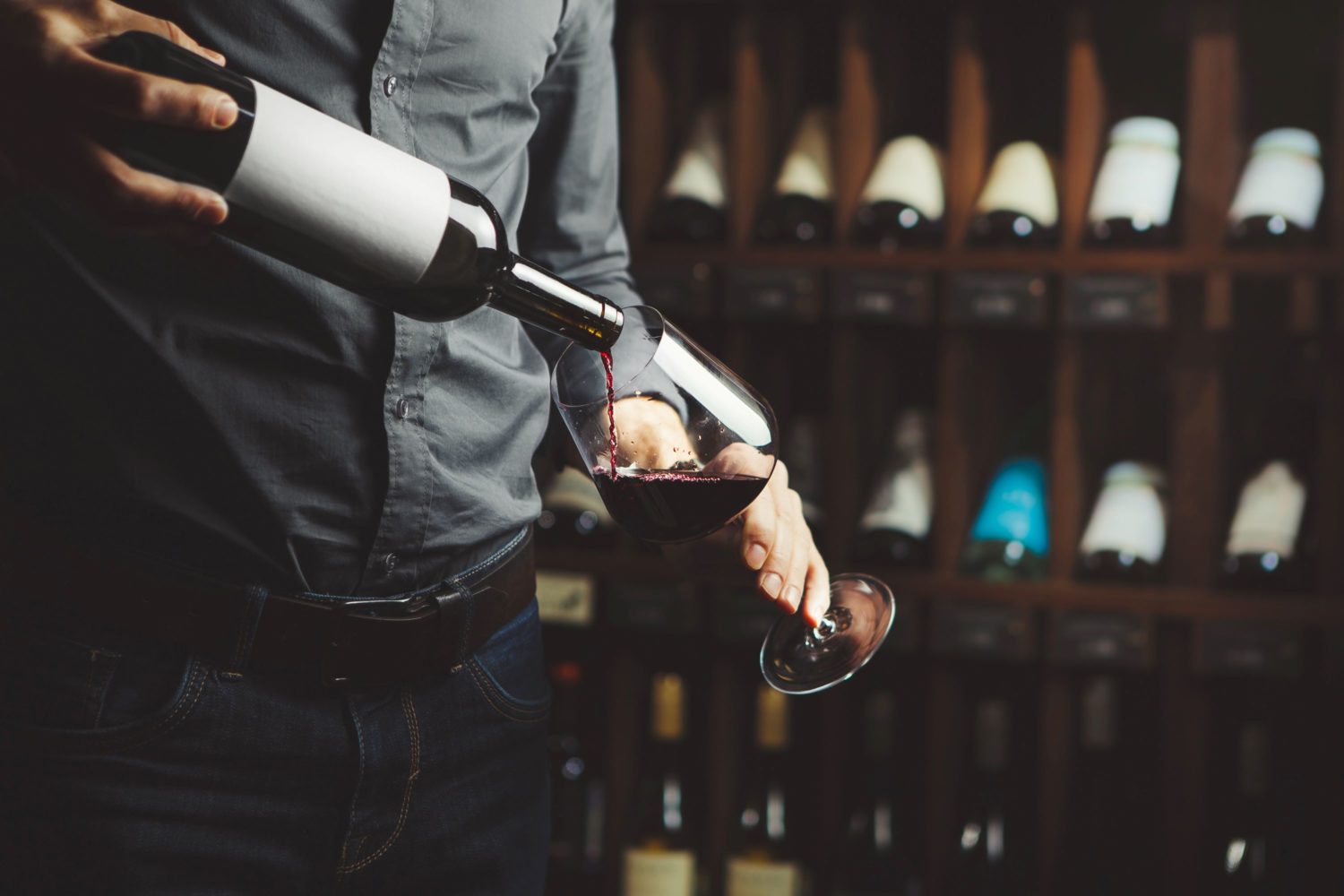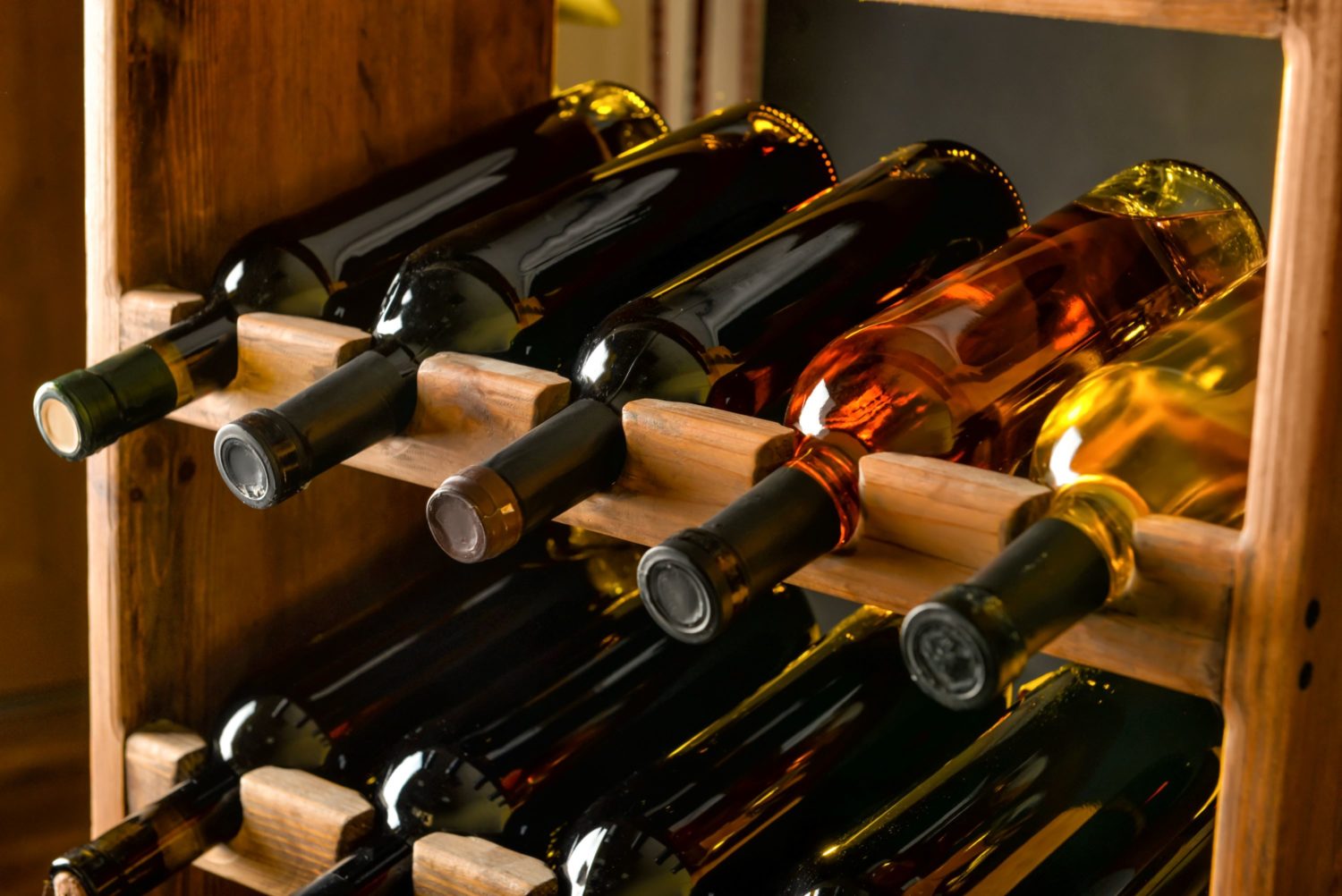
Wine is a sophisticated yet complex beverage, so it is not surprising that wine collection requires passion and expertise. While being a sommelier seems easy, it takes patience and delicate sensibilities to fully understand and appreciate varying types of wine.
A golden rule to remember is that wine tastes better with age. Indeed, the quality of the wine is heavily dependent on storage. Hence, wine experts advise looking into various wine storage solutions, such as wine cellar cooling, and ensuring that wine ages properly in a controlled environment. Otherwise, its body, flavor, and aroma will diminish.
However, for beginners, storing wine may be a challenging feat. Luckily, this article lists some basic concepts that can help them properly store wine.
- Wine Racking
Corks serve as the only security wine bottles have. Unfortunately, they’re susceptible to moisture. Since they come from tree bark, lack of moisture will cause them to dry out and shrink. If the shrink, the wine will likely seep out and age prematurely.
For the cork to be moisturized regularly, position the bottle horizontally. A wine rack is designed for this purpose. The cork can expand enough to keep an airtight seal by positioning it this way. To achieve this, sommeliers must find the appropriate rack to store wine that allows the horizontal positioning of the bottles while maximizing space and ensuring easy access.
Wine Cellar HQ advises using modular wine racks for a cellar, as they are easy to customise for your current collection, as well as making it easy to add to the racks if your collection grows (due to the modular system).
2. Label
Wine labels are more than just aesthetics that emphasize clever branding and sophisticated packaging. You can get the most out of the bulk of information on labels by carefully examining them for special instructions on caring for wine.
Labels feature everything you need to know to properly handle the wine. They usually provide essential details, like the variety of grape used for the wine, the year it was harvested, the alcohol percentage, and the winery the wine is from.
Choose the perfect bottle of wine that suits your tastes based on these attributes, and figure out the appropriate storage method through labels.

3. Temperature
Wine is extremely sensitive to its surroundings, and temperature is no different. Like other liquids, storing wine below 45 degrees Fahrenheit (7 degrees Celsius) will only freeze it instead of keeping it cool. Since moisture dries up due to low temperatures, corks can grow smaller, and air could seep into the bottle. What’s worse is when the wine freezes into ice and pushes out the cork.
Temperature higher than 70 degrees Fahrenheit (21 degrees Celsius) would cause the wine to go old or ‘cooked.’ When that happens, you’re better off drinking bland juice with how flat its aroma and taste have become. However, opening the bottle every couple of years could stave off those effects, especially for wine storage that doesn’t have a cooling system.
4. Light Exposure
Considering wine is derived from fermented fruit, too much exposure to sunlight will only make it go stale, or ‘light-struck,’ which is similar to sunburn, except there’s no way of reversing it. If that’s not enough, light-struck wine has a foul odor that makes it even more unpalatable.
Tannins are the bitter components of unripe fruits or seeds that protect the wine and are regarded highly by wine drinkers when managed well. Since UV rays break them down, exposing wine bottles to direct sunlight speeds up the wine’s aging process and degrades its quality. So, closing off your wine storage from sunlight is ideal.
Exposure to too much artificial white light could affect the wine either way. Hence, it is wise to cover your wine bottles in opaque sleeves to protect them from the light. If you must install lighting in your wine storage, opt for LED or sodium-vapor lamps, which emit lower UV and blue light.
5. Aging Process
As mentioned, wine possesses tannins that are highly regarded by sommeliers when appropriately maintained. Wine often turns bitter when the tannins, which are supposed to settle, are disturbed by vibrations from outside. On top of that, they cause sediments to float around in the wine, giving it a gritty texture. Hence, wine needs to be left alone.
Ensure your wine storage is far away from sources of vibrations, such as electronic appliances. Invest in a separate wine storage if these vibrations come from unavoidable sources, like a nearby train station. By allowing your wine to remain undisturbed, you can set the right atmosphere for aging wine.
Takeaway
Drinking wine is a sensational experience. This is why more and more people are becoming wine connoisseurs. However, storing wine can be challenging. Because of its delicate nature, almost anything could ruin an excellent bottle of wine, from temperature to vibrations. Fortunately, you can quickly pinpoint these factors and store wine with the appropriate storage techniques.







